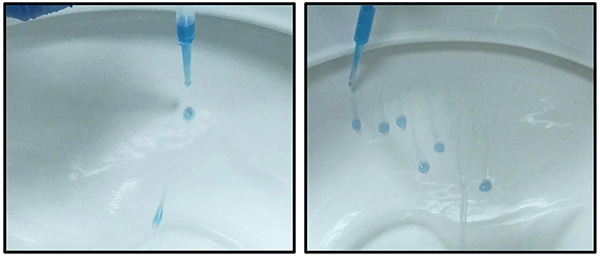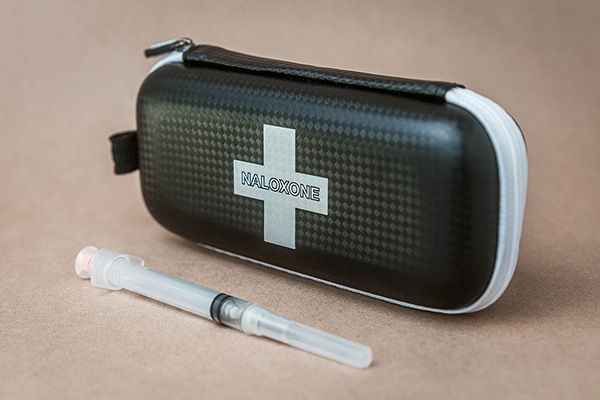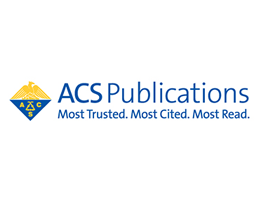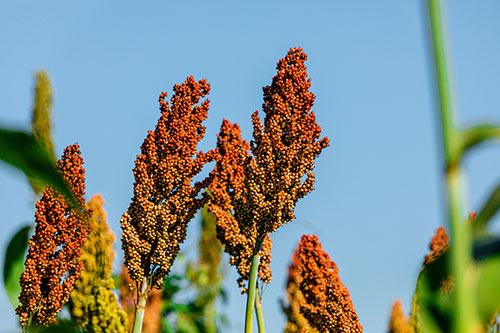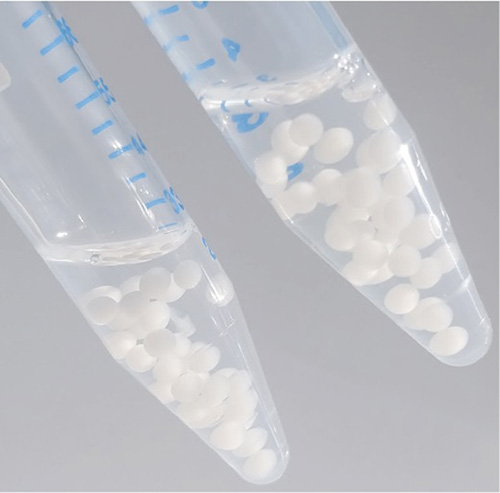FOR IMMEDIATE RELEASE
“Siloxane Emissions and Exposures during the Use of Hair Care Products in Buildings”
Environmental Science & Technology
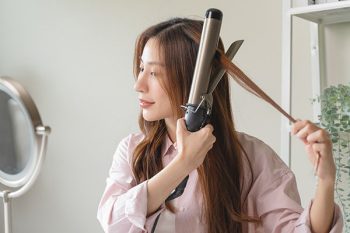
Hair products often contain ingredients that easily evaporate, so users may inhale some of these chemicals, potentially posing health repercussions. Now, researchers have studied emissions of these volatile organic compounds (VOCs), including siloxanes, which shine and smooth hair. The scientists report in ACS’ Environmental Science & Technology that using these hair care products can change indoor air composition quickly, and common heat styling techniques — straightening and curling — increase VOC levels even more.
Some prior studies have examined the amounts of siloxanes released from personal care products. But most focused on products that are washed off the body, such as skin cleansers, which might behave differently from products that are left on the hair, like creams or oils. In addition, most previous studies on siloxane emissions haven't looked at the real-time, rapid changes in indoor air composition that might occur while people are actively styling hair. Nusrat Jung and colleagues wanted to fill in the details about VOCs released from hair products, especially in real-world scenarios such as small bathrooms where they’re typically applied.
The researchers set up a ventilated tiny house where participants used their usual hair products — including creams, sprays and oils — and heated tools. Before, during and after hair styling, the team measured real-time emissions of VOCs including cyclic volatile methyl siloxanes (cVMS), which are used in many hair care products. The mass spectrometry data showed rapid changes in the chemical composition of air in the house and revealed that cVMS accounted for most of the VOCs that were detected. Emissions were influenced by product type and hair length, as well as the type and temperature of the styling tool. Longer hair and higher temperatures released higher amounts of VOCs.
As a result of their findings, the researchers estimated that a person’s potential daily inhalation of one cVMS, known as D5, could reach as much as 20 mg per day. In the experiments, turning on an exhaust fan removed most of the air pollutant from the room within 20 minutes after a hair care routine was completed, but the scientists note that this practice could affect outdoor air quality in densely populated cities. They say studies of the long-term human health impacts of siloxane exposure are urgently needed, because most findings are from animal studies.
The authors acknowledge funding from Purdue University, the Alfred P. Sloan Foundation and the National Science Foundation.
###
The American Chemical Society (ACS) is a nonprofit organization chartered by the U.S. Congress. ACS’ mission is to advance the broader chemistry enterprise and its practitioners for the benefit of Earth and all its people. The Society is a global leader in promoting excellence in science education and providing access to chemistry-related information and research through its multiple research solutions, peer-reviewed journals, scientific conferences, eBooks and weekly news periodical Chemical & Engineering News. ACS journals are among the most cited, most trusted and most read within the scientific literature; however, ACS itself does not conduct chemical research. As a leader in scientific information solutions, its CAS division partners with global innovators to accelerate breakthroughs by curating, connecting and analyzing the world’s scientific knowledge. ACS’ main offices are in Washington, D.C., and Columbus, Ohio.
To automatically receive press releases from the American Chemical Society, contact newsroom@acs.org.
Note: ACS does not conduct research, but publishes and publicizes peer-reviewed scientific studies.

